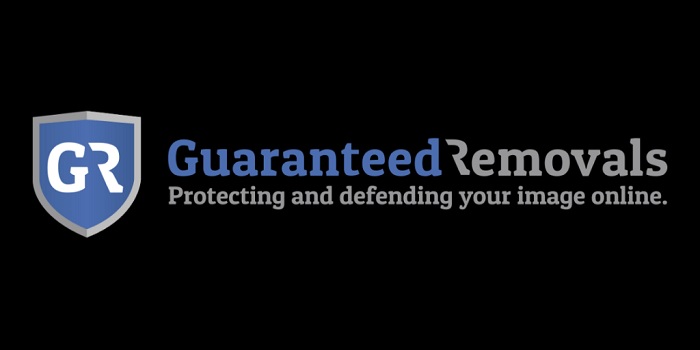Understanding Google’s Review Removal Policy and Guidelines

Google reviews play a crucial role in shaping a business’s online reputation. Positive reviews can attract new customers, while negative ones can turn potential clients away. However, not all reviews are fair or genuine. Some may be fake, inappropriate, or violate Google’s guidelines. Understanding Google’s review removal policy and guidelines can help you protect your business from harmful content.
The Importance of Google Reviews
Google reviews are often the first thing people see when they search for a business online. According to BrightLocal, 79% of consumers trust online reviews as much as personal recommendations. This means that the reviews on your Google Business Profile can significantly impact your business’s success.
However, the open nature of online reviews also means that anyone can leave a review—whether they are a real customer or not. This makes it essential for business owners to understand when and how they can request the removal of reviews that violate Google’s policies.
What Types of Reviews Can Be Removed?
Google has clear guidelines on the types of reviews that can be removed. Reviews that violate these guidelines can be flagged for removal. Here are some common reasons why a review might be eligible for removal:
Spam and Fake Content
Google does not allow reviews that are fake or created to manipulate a business’s ratings. This includes reviews left by competitors, disgruntled ex-employees, or people who have never used the business’s services. If you suspect that a review is fake, you can flag it for Google’s review team to investigate.
Off-Topic Content
Reviews should be relevant to the customer’s experience with the business. Off-topic content, such as unrelated political commentary or personal rants, is against Google’s guidelines. If a review strays too far from the business or service being reviewed, it may be removed.
Offensive or Inappropriate Language
Google does not tolerate reviews that contain offensive, hateful, or inappropriate language. This includes content that is discriminatory, harassing, or incites violence. If a review uses such language, it can be flagged for removal.
Conflicts of Interest
Google’s guidelines prohibit reviews from individuals who have a conflict of interest. This includes reviews from business owners, employees, or anyone who has a financial relationship with the business. Reviews left by family members of the business owner also fall under this category and may be removed.
Restricted Content
Certain types of content are restricted by Google’s review policies. This includes content that promotes illegal activities, adult services, or products that are regulated, like firearms or tobacco. If a review promotes or discusses such content, it may be eligible for removal.
Privacy Violations
Google does not allow reviews that disclose personal information about individuals. This includes addresses, phone numbers, or any other sensitive data. Reviews that violate privacy can be flagged and removed.
How to Flag a Review for Removal
If you come across a review that you believe violates Google’s guidelines, you can flag it for removal. The process is straightforward:
- Sign in to your Google My Business account.
- Go to the “Reviews” section.
- Find the review you want to flag.
- Click on the three vertical dots next to the review and select “Flag as inappropriate.”
Once you’ve flagged the review, Google will review it to determine if it violates their policies. This process can take several days, and there is no guarantee that the review will be removed. However, flagging inappropriate reviews is an important step in protecting your business’s reputation.
What to Do If a Review Isn’t Removed
Sometimes, even after flagging a review, Google may decide not to remove it. If this happens, you still have options. First, consider responding to the review publicly. A calm, professional response can help mitigate the impact of a negative review and show potential customers that you care about resolving issues.
If the review is particularly damaging and you believe it violates Google’s policies, you can appeal the decision. To do this, contact Google My Business support directly. Provide any evidence you have that supports your case, such as proof that the reviewer is not a real customer.
In some cases, it may be necessary to seek professional help to manage your online reputation. Services like Guaranteed Removals specialize in removing harmful content from the internet. They can assist you in navigating Google’s review policies and ensure that inappropriate or fake reviews are properly addressed.
Best Practices for Managing Reviews
While it’s important to know how to remove inappropriate reviews, it’s equally important to manage your overall review strategy effectively. Here are some best practices:
Encourage Positive Reviews
Ask satisfied customers to leave positive reviews. This can help improve your overall rating and make negative reviews less impactful. Be sure to provide excellent service and follow up with customers to encourage them to share their experiences.
Respond to All Reviews
Whether a review is positive or negative, responding shows that you value customer feedback. For positive reviews, thank the customer for their support. For negative reviews, acknowledge the issue and offer a solution. This can help build trust with potential customers.
Monitor Your Online Presence
Regularly check your Google Business Profile and other review platforms. This allows you to respond to reviews promptly and address any issues before they escalate. Use Google Alerts to notify you whenever your business is mentioned online.
Conclusion
Understanding Google’s review removal policy and guidelines is essential for managing your business’s online reputation. By knowing what types of reviews can be removed and how to flag them, you can protect your business from unfair or inappropriate content. If necessary, don’t hesitate to seek professional help to ensure your online presence remains positive and trustworthy. With the right approach, you can turn even negative reviews into opportunities for growth and improvement.

